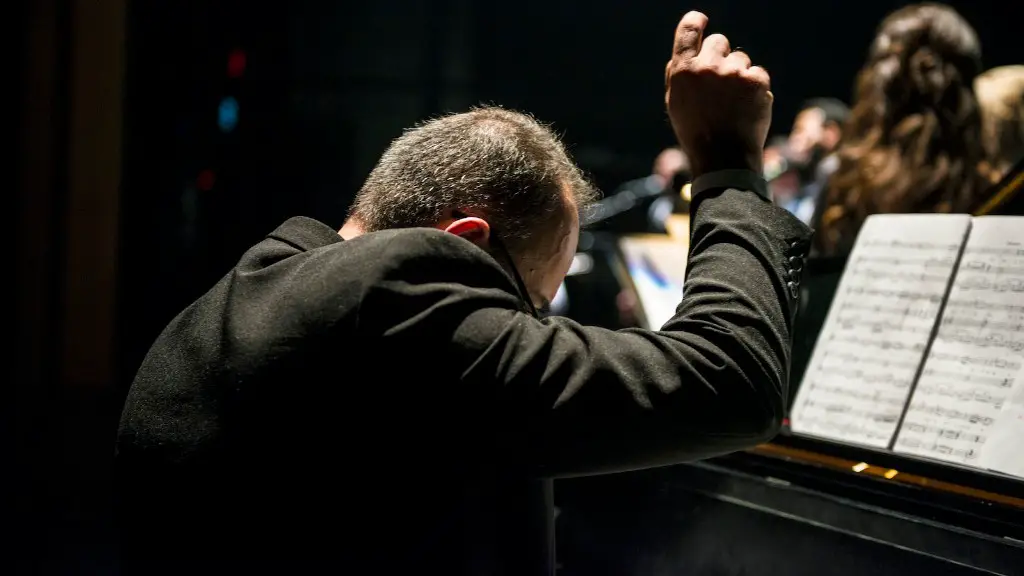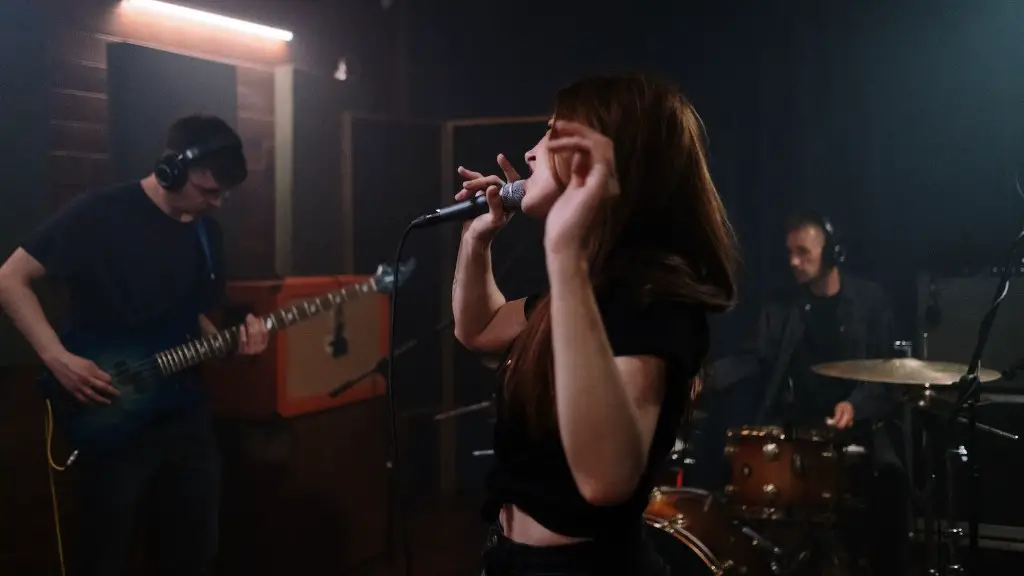No one realizes just how intricate and layered the ear is until they try to draw one. But don’t be intimidated – understanding the basics of how ears are formed is all you need to draw one easily. In this guide, you’ll learn how to capture the complexity of an ear in just a few steps.
Start by sketching the basic shape. Don’t be afraid to use sweeping, expansive strokes to create the form. The key is to capture the curvature and the specific tilt of the ear.
To give your ear more dimension, map out the inner parts of the ear by lightly sketching in the shadows. These shadows will hint at the curves and contours of the inside of the ear.
Once you have the shape and shadows down, it’s time to add the details. This is where the magic happens! Look at photographs or real ears for reference and capture the nuances. To add realism to your drawing, add surface details like the veins or small hairs, or go for a more expressive approach with bold line shading.
Now, it’s time to bring your drawing to life. Play around with color and textures to bring out the highlights, mid-tones, and shadows. Go as dramatic or subtle as you wish to capture the character or mood of the ear.
Lastly, look over your entire picture and make the final adjustments. Tweak any details, give it a light spray of fixative, and you’re done! You’ve just easily created an amazing work of art.
Advanced Techniques for Drawing Ears
Now that you have the basic principles, it’s time to delve deeper into the skill of drawing ears. To truly capture the complexity of an ear and create a realistic drawing, you’ll need to master several techniques.
The first of these advanced techniques is mastering the individual elements. Becoming familiar with the various parts of the ear, from the helix to the antitragus, will help you to draw each one more accurately. After you’ve acquired the knowledge, focus on practicing the shapes, forms, and proportions individually until you gain the confidence to draw them together.
The next technique is using a blocked-in approach. Begin by creating the basic shapes, store the shadows and highlights, and then add the finer details. Try adding a block of shadow instead of shading and use simple brush strokes instead of sketching too much. These simplified techniques will help give your artwork the perfect balance of realism and expression.
Finally, to master the art of drawing ears, practice and experiment with different styles and materials. Trying out new techniques and mediums can help you find a style that works for you. And by practicing regularly, you’ll soon be able to draw an ear quickly and easily.
Capturing Emotions in Your Art
When drawing an ear, it is important to capture the nuances that bring the art to life. To capture emotions, the use of textures, lines, and colors is essential. For example, to convey a feeling of calmness, you may use smooth, curved lines, a minimal color palette, and subtle shadows. To create a more dramatic effect, you may use bolder lines, a more dynamic color choice, and prominent shadows to create contrast.
The addition of details also plays a huge part in suggesting a mood. Adding specifics such as wrinkles and whiskers allows you to create a richer portrait of an emotion in the artwork. Another way to create dynamic emotions is by conveying a sense of movement or stillness. By using long, flowing strokes or sharp, jagged lines, you can bring life to the ear and add to the impact of the emotions in the artwork.
Using these techniques, you can take your drawings to the next level and bring a whole new dimension to your art.
The Importance of Shape, Line, and Shadow
Shape, line, and shadow are essential for creating a work of art that stands out. To create a realistic drawing, it is important to keep each element in balance. When mapping out the basics of the ear, try to make use of the shape and the tilt before drawing the more intricate details.
When sketching the finer details, use lines to bring out the contrast. Rely on smooth lines to make the shapes blend with each other, and incorporate thicker lines to capture the highlights and darker areas of the ear.
And to perfect the balance, use shadows. Lightly shading in the deeper parts of the ear creates an illusion of a 3D object and helps make the ear appear more realistic. When using shadows, don’t be afraid to experiment with different colors – be it cool blues to suggest coldness or warm browns to suggest comfort.
Bringing Out the Beauty of Ears
The art of creating ear drawings requires a mix of knowledge, skill, and creativity. To capture the beauty and complexity of an ear, use the above techniques to create a realistic or expressive version of the subject. Remember to take your time during the process and use reference images to make sure your drawing looks accurate and believable.
With practice and a bit of imagination, you’ll soon be able to draw an ear quickly and easily. So don’t give up, keep experimenting, and you’ll be surprised at how beautiful and mesmerizing ears can be!

